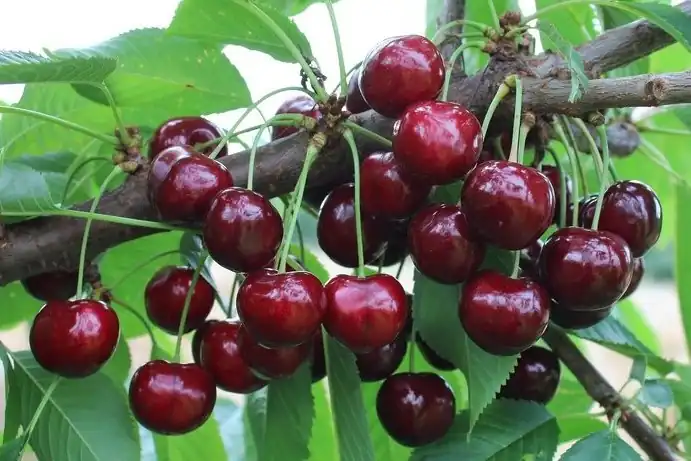Native to China, the chinese cherry tree* (Prunus pseudocerasus) is classified as a member of the Prunus genus, thus belonging to the Rosaceae family. Together with the sweet cherry tree (P. avium) and the sour cherry tree (P. cerasus), it is one of the world's most important fruiting cherry tree species and its importance in the Chinese cherry industry is growing.
In the course of an extensive domestication and selection process that began more than three millennia ago, Chinese cherry varieties have inevitably undergone changes in terms of both acidity and sugar content. But that's not all: colour, shape and size also differentiate cultivars, which also show a profound diversity in the physiological attributes that govern their flavour.
The objectives of the study conducted by the Sichuan Agricultural University and the Agricultural Bioinformatics Laboratory in Chengdu (China) were as follows:
- to determine the composition and amounts of sugars and acids in various Chinese cherry fruits.
- to assess the impact of sugar and acid composition on the flavour of the fruit.
- to investigate the alterations that occurred in sugar and acid levels during the domestication process of cherries.
The description of the composition of Chinese cherry fruits was carried out for the first time in this study, which stands as a benchmark on the subject and at the same time as a starting point for future studies. Using the liquid chromatography method (HPLC), the acid and sugar content of thirty-eight Chinese cherry cultivars, as well as two wild genotypes, was determined.
The predominant soluble sugars in Chinese cherry fruits were found to be fructose and glucose, together constituting about 86% of the soluble sugars but in varying proportions depending on the variety. The organic acid present in the largest quantities was malic, averaging 66% of the total acids. The soluble solid content showed a relatively high correlation with the soluble sugar content, glucose and fructose.
The main parameters used to assess and define the flavour quality of Chinese cherry were the solids-to-acids ratio, soluble solids, soluble sugars, glucose, fructose, titratable acid and malic acid. Of all the organic acids identified, malic acid showed the highest correlation with titratable acid content.
Furthermore, a highly significant negative correlation was observed between the sugar/acidity ratio and malic acid. This suggests that malic acid has a greater effect on the flavour of Chinese cherry fruit than other organic acids. Finally, in contrast to the wild Chinese cherry, cultivated specimens showed high concentrations of soluble carbohydrates, particularly fructose, and lower levels of organic acid, particularly malic acid, within the fruit.
This demonstrates how the stages of domestication are inextricably linked with the stages of development of human society, as cultivars that have been maintained over time possess fruit with quality characteristics that are also appreciated by today's consumers.
The results of this study contribute to the comprehensive description and quantification of the Chinese cherry fruit compounds, laying the foundation for further in-depth analysis of the genes associated with quality traits in Chinese cherry germplasm.
Source: Zhou J, Yang S, Ma Y, Liu Z, Tu H, Wang H, Zhang J, Chen Q, He W, Li M, Lin Y, Zhang Y, Wu Z, Zhang Y, Luo Y, Tang H, Wang Y, Wang X. Soluble sugar and organic acid composition and flavor evaluation of Chinese cherry fruits. Food Chem X. 2023 Oct 21;20:100953. doi: 10.1016/j.fochx.2023.100953. PMID: 37929267; PMCID: PMC10622630.
Melissa Venturi
University of Bologna (IT)
*In China, four species of cherry tree are mainly used to produce edible fruit. In addition to the sweet cherry tree (Prunus avium) and the sour cherry tree (Prunus cerasus), the Nanjing cherry tree (Prunus tomentosa) and a cherry tree mostly unknown in Italy, called the Chinese cherry tree and corresponding to the species Prunus pseudocerasus, have also been cultivated in China since ancient times.
Cherry Times - All rights reserved










